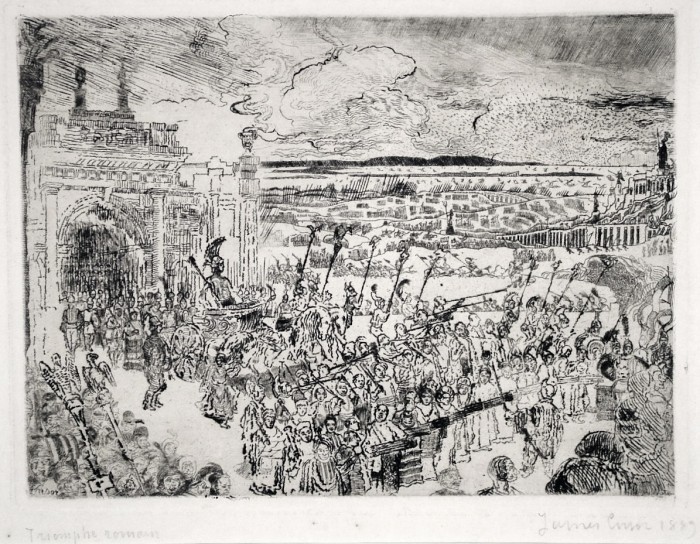Sitzander Akt
Monday, March 29th, 2010Max Pechstein (1881-1955), Sitzander Akt (Nude Sitting), woodcut, 1918, signed in pencil lower right. Kruger H 207. In excellent condition, printed on a heavy tan wove paper with wide margins, 14 1/8 x 9 1/4, the sheet 16 1/4 x 21 1/4 inches.
A superb impression of this masterful woodcut, with strong contrasts.
Pechstein, one of the foremost German Expressionists, joined Der Brücke in 1906, and became the president of the Neue Secession in 1910. He traveled to Palau in the South Seas in 1914, but at the outbreak of WWI was interned in Japan, finding his way back to Germany only to be drafted and sent to the Western Front in 1916. He was released shortly thereafter after a nervous collapse in 1917.
Sitzander Akt, made just after Pechstein’s involvement in the War, reflects Pechstein’s long interest in “primitive” art and peoples, and may even have been made with sculpture tools he had brought back from Palau. The palm frond in the background, and the carved stool on which the nude sits – and of course the nude herself – indicate a tropical setting. Pechstein responded positively to the end of the war and the advent of the Weimar Republic – perhaps Sizander Akt is an expression, however ultimately futile, of hope in Germany’s future.









